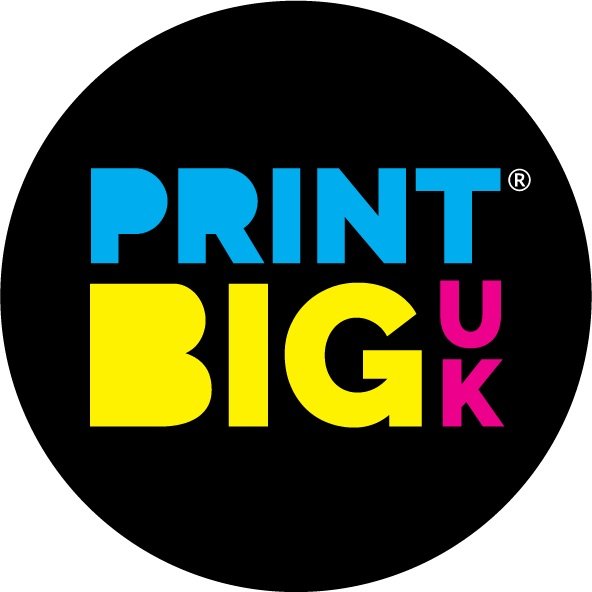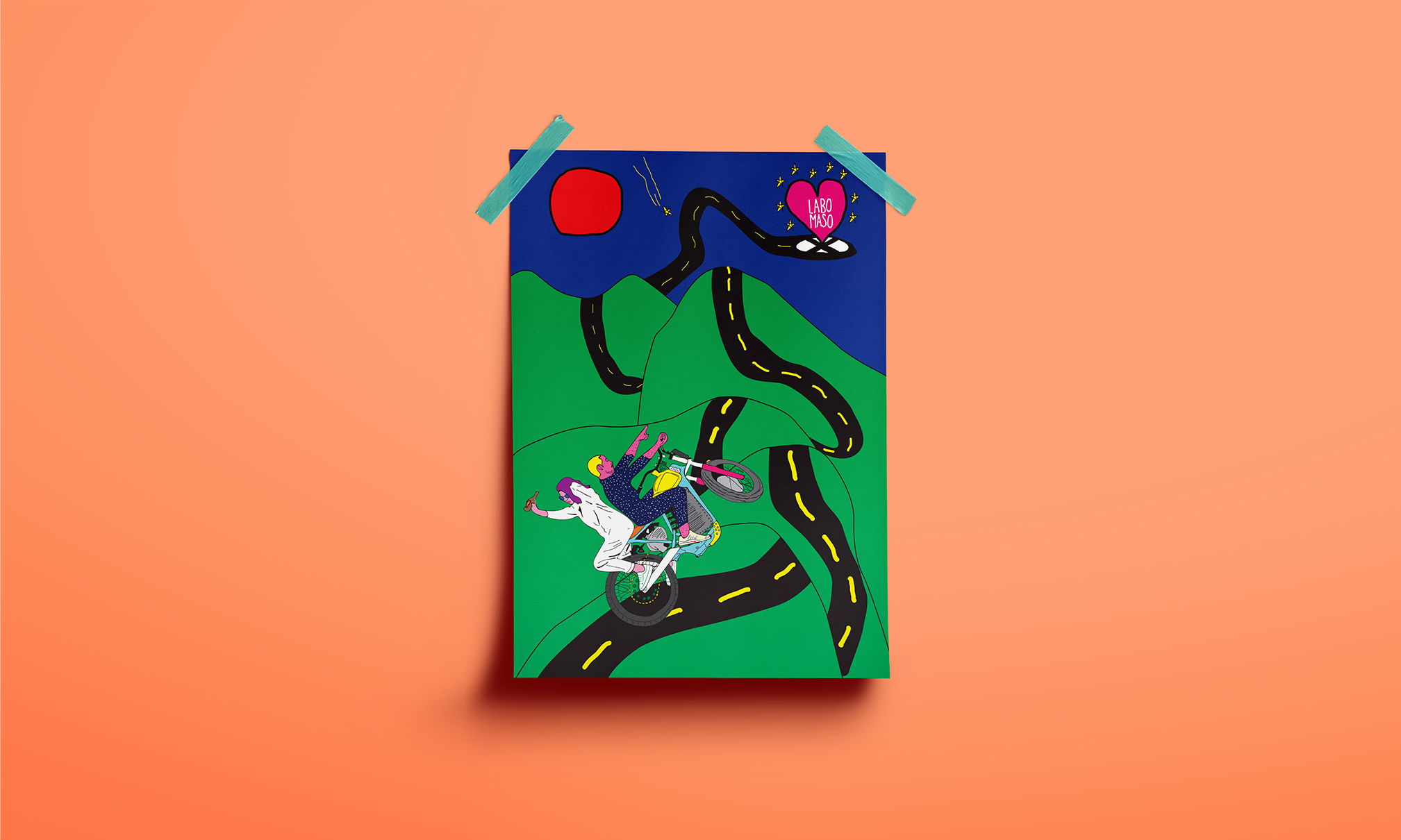Visually stand Out
Introduction
In today’s fast-paced digital world, where attention spans are fleeting, the phrase “a picture is worth a thousand words” holds more truth than ever. From influencing decisions to stirring emotions, visuals are a cornerstone of effective communication. This blog delves into the extraordinary power of visual impact, exploring how it shapes perception, evokes emotions, and drives engagement across various fields such as marketing, education, and media.
Understanding Visual Impact
Visual impact refers to the immediate and often subconscious effect that images, colours, and designs have on an audience. It leverages the human brain’s natural predisposition to process visual information faster than text. According to a study by 3M, visuals are processed 60,000 times faster than text, making them a powerful tool for communication.
At PrintBig UK, we understand the importance of creating high-quality, visually impactful materials that captivate audiences and communicate messages effectively. Explore our large format printing solutions here to bring your vision to life.
Influence on Perception
Visuals play a pivotal role in shaping perceptions, often influencing opinions and beliefs without the need for extensive explanations. For example:
Branding: A company’s logo or colour palette can evoke specific associations, such as trust (blue), passion (red), or sustainability (green).
Media: News outlets carefully select imagery to frame narratives, subtly guiding audience interpretations.
Psychological studies show that 90% of information transmitted to the brain is visual, underscoring the importance of well-designed elements in influencing public opinion and reinforcing brand identity.
Emotional Engagement
Humans are hardwired to respond to visual stimuli emotionally. This is why powerful imagery can evoke feelings of joy, sadness, excitement, or even nostalgia. In marketing and storytelling, visuals enhance emotional resonance and make messages memorable. Consider the following examples:
Storytelling: Films use colour grading to set the mood—warm tones for happiness, cool tones for melancholy.
Marketing Campaigns: The “Share a Coke” campaign used personalized labels to foster emotional connections, resulting in a surge in sales and social media engagement.
Decision-Making
Visuals are instrumental in influencing decision-making processes. Whether choosing a product, engaging with a service, or supporting a cause, compelling visuals can tilt the scales in favour of the desired outcome.
Retail: Studies indicate that 93% of consumers prioritize visual appearance over other factors when shopping.
Call-to-Action Buttons: Bright, contrasting colors for CTAs can boost click-through rates significantly.
By using visuals strategically, businesses can guide consumer decisions more effectively and enhance their conversion rates.
Contextual Applications
Advertising
In advertising, visuals are crucial for grabbing attention and conveying messages instantly. For instance:
Nike’s iconic “Just Do It” campaigns combine bold typography with striking visuals of athletes, inspiring audiences worldwide.
McDonald’s uses its instantly recognizable red and yellow colour scheme to evoke feelings of warmth and happiness.
Social Media
Platforms like Instagram and Pinterest thrive on visual content, making them perfect for brands aiming to connect with visually-driven audiences. Carousel posts, infographics, and videos are particularly effective for boosting engagement.
Education
Visual aids like diagrams, infographics, and videos enhance learning by simplifying complex concepts and making them more relatable. For example, educational platforms such as Khan Academy use animation to explain intricate topics, resulting in improved comprehension and retention among learners.
Entertainment
In entertainment, visuals create immersive experiences. From stunning CGI in movies to eye-catching concert stage designs, visuals enhance storytelling and audience engagement. Video games, for instance, rely heavily on graphic design to build captivating virtual worlds.
Supporting Evidence
A study by HubSpot revealed that visual content is 40 times more likely to be shared on social media than other types of content.
According to Adobe, websites with compelling imagery see a 94% increase in views compared to text-heavy sites.
Research by MIT found that the brain can identify images seen for as little as 13 milliseconds, highlighting the speed and efficiency of visual processing.
Conclusion
Visual impact is an indispensable aspect of modern communication, transcending industries and contexts. By shaping perceptions, evoking emotions, and guiding decisions, visuals create meaningful connections between creators and audiences. As technology continues to evolve, the possibilities for leveraging visual impact are boundless.
Ready to elevate your visual communications? Discover how our cutting-edge large format printing solutions can make your ideas stand out by visiting Print Big UK. Harness the power of visuals and leave a lasting impression.














